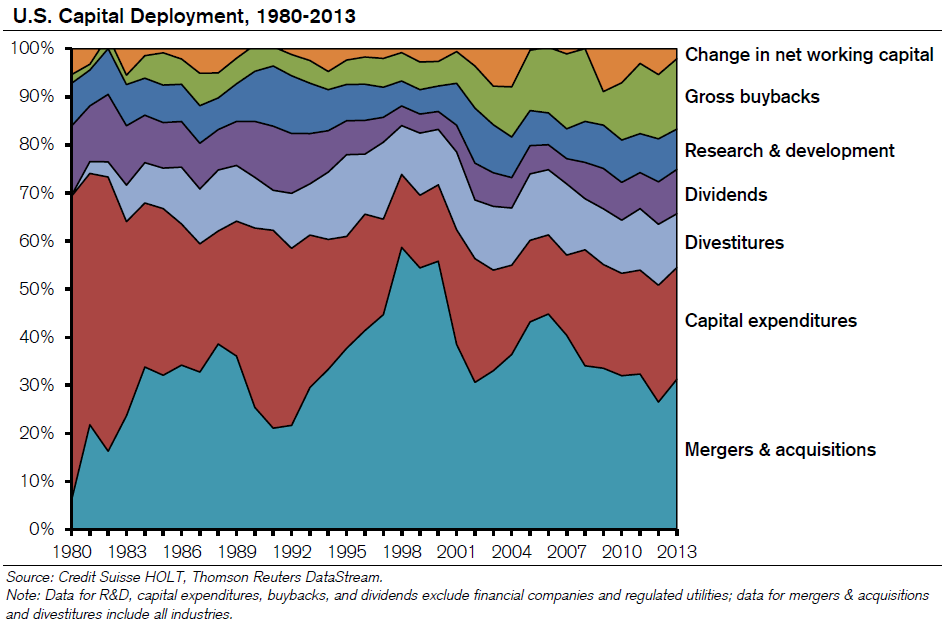Asset Allocation Management 7 Value Principles
Post on: 15 Июнь, 2015 No Comment

by KenFaulkenberry
Value Investing Principles
Value investing principles are the foundational guide of my asset allocation management. Asset Allocation. how you divide your portfolio among asset classes and asset categories, is the single most important determinant of portfolio returns. This makes the investing principles that guide portfolio asset allocation extremely important.
Here are 7 value investing p rincipl es that will improve your asset allocation management skills:
1. Preservation of Principal
There is no more important investment concept than preservation of capital. Most investors invest too aggressively, especially when valuations are not favorable for high returns. An understanding of the importance of capital preservation will cause you to have a plan.
If you keep bear market losses small it’s easier to get back to break even and then move to a positive return. But if you lose a large portion of your portfolio you have lost the investment capital to buy low and make it difficult to recover your portfolio losses.
If you lose 50% of your portfolio it takes a 100% gain just to get back to break even. If you held your bear market losses to 10% it only takes an 11% gain to get back to break even.
This is why I believe so strongly in a tactical asset allocation. The key concept is to have the flexibility to be more aggressive when the odds are heavily in your favor, and less aggressive when risks are high.
2. Careful Analysis
Too many investors just follow the crowd. In the current environment that may mean subscribing to the buy and hold mantra of the media. Many people like this because it requires very little thought or analysis. Unfortunately it is destructive to portfolios.
Buying and holding diversified mutual funds works great in bull markets. But bull markets only last so long. Bear markets that move down or sideways can sometimes last for decades.
Careful analysis of what you are buying can greatly improve the odds of a profitable investment. This is the purpose of company financial statements.
3. Intrinsic Value
The objective of the value investor is to buy investments when the price is lower than its fundamental or intrinsic value. Markets are not efficient because investors let their emotions affect their investment decisions; or are unwilling to do careful analysis. Therefore, many times the price of an asset has little to do with its true value.
4. Margin of Safety
The margin of safety is how much less you pay for an investment compared to its intrinsic value. The higher the margin of safety the more room you have for things to go wrong (and they usually do). The higher the margin of safety the greater your odds of making a profitable investment.
5. Diversification
Investment diversification is a strategy that reduces overall risk. Diversification among asset classes, asset categories, industries, and individual investments lowers the risk of any one unfavorable outcome having a large effect on the total portfolio.
6. Risk Management Rules
I have developed investment risk management plan that makes me a better and more disciplined investor. Use mine or develop your own; but it’s important to have a risk management plan that guides your actions.
7. Rebalancing
Portfolio Rebalancing forces an investor to buy low and sell high. A tactical asset allocation strategy is really just frequent portfolio rebalancing. The intent is to sell assets that have become expensive and buy assets that meet your value criteria.
Asset Allocation Management with Value Investing Principles
Use the principles of preservation of capital, careful analysis, intrinsic value, margin of safety, portfolio diversification, risk management rules, and rebalancing to manage your asset allocation. These 7 value investing principles will improve your asset allocation management skills and increase the probability of growing your investment portfolio.














